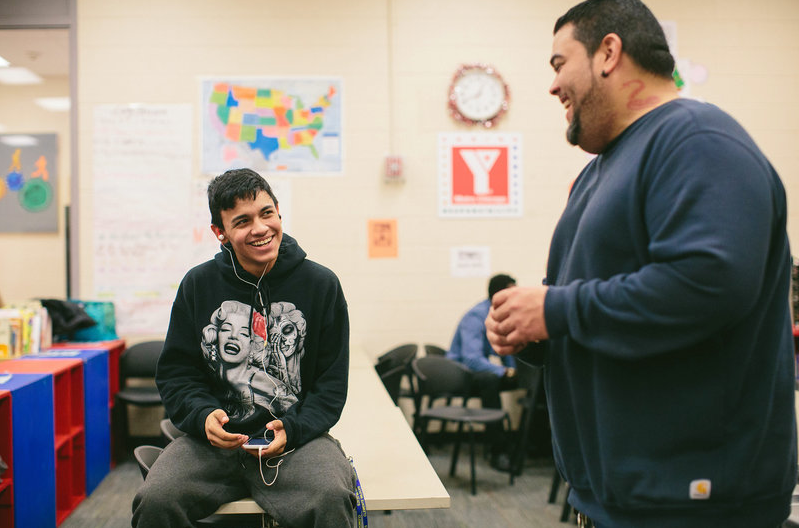Social-emotional development is critical to prevent youth violence
Malti, T. (2020). Children and Violence: Nurturing Social‐Emotional Development to Promote Mental Health. Social Policy Report, 33(2). https://doi.org/10.1002/sop2.8
Summarized Monica Arkin
Notes of interest:
- While research on violence in children and youth tends to focus on risk factors, this article focuses on protective factors.
- Positive social-emotional development is a central protective factor that helps children and youth process anger and frustration in healthy ways rather than turning to violence and aggression against themselves or others.
- The author summarizes research-informed attempts to prevent violence in children and youth by teaching core social-emotional protective factors, such as the capacity to feel empathy, be emotionally aware, and care about the effects of one’s actions.
- Author recommendations include those targeted toward practitioners and policymakers.
Introduction (Reprinted from the Abstract)
The absence of violence against children is a fundamental children’s right and a major milestone of civilized society. Similarly, reports on incidences of violence by children and youth, including severe cases with devastating consequences, speak to the need that the trauma of exposure to violence in childhood needs to be addressed. While violence and its risk factors are generally understood, what is less clear are the essential protective factors, how we can identify those as early as possible, and how we can use them to prevent and address the trauma of violence exposure in children and youth. In this report, I review pathways of child and youth violence through the lens of social‐emotional development as a central protective factor. Negative emotions of frustration and anger can underlie violence and aggression. Kind emotions, such as caring and our ability to connect with others emotionally, can serve as social‐emotional protective factors. A brief review of the central social‐emotional processes and their development is provided, including the human capacity to feel with others and express empathy, be emotionally aware and care about the effects of one’s own actions on others, and be able to regulate the self and their emotions. Given the negative widespread and long‐term impact of exposure to violence, I describe research‐informed attempts to prevent violence exposure across development. Taking a humanistic, strength‐based perspective, the focus is on social‐emotional protective factors to address violence and nurture mental health in every child. I conclude with recommendations for practice and policy.
Implications (Reprinted from the Discussion)
This report has summarized the evidence for the impact of social-emotional processes on aggression and violence in children and adolescents. The research evidence suggests that the highlighted three components of social-emotional development, that is, other-oriented emotions, self-oriented emotions, and emotional self-regulation, play an essential role in the emergence, stability, and change in aggressive behaviors and experiences of violence. Social Policy Report | 17 As such, one important implication for policy is that teaching children to experience and express sympathy (sadness over hurting others emotionally or physically), being able to trust others and one’s power to make a positive contribution, and regulate negative emotions in the context of conflict and victimization are all capacities that need to be(come) a common part of psychological preventive approaches aimed at preventing violence and promoting mental health in children. What needs to be specific is the way it is being taught, because this needs to be tailored to the developmental age and needs of every child. This not only includes adaptation across grades/ages, but also the need to adjust to variability within age group. Although not the focus of this report, it is also important to integrate more systematically contextual and cultural adaptations to preventative approaches targeting social-emotional development to prevent violence and nurture mental health (Malti, Noam, et al., 2016).
To access this article, click here









